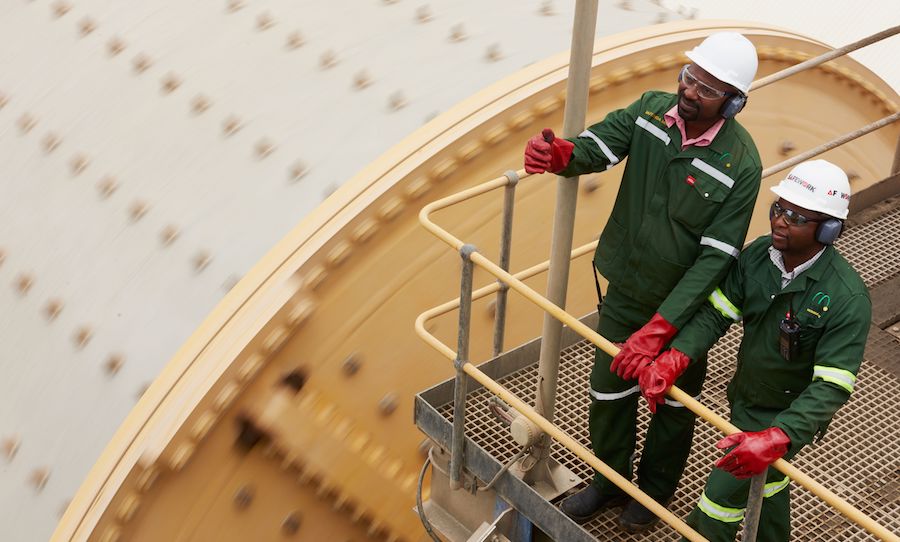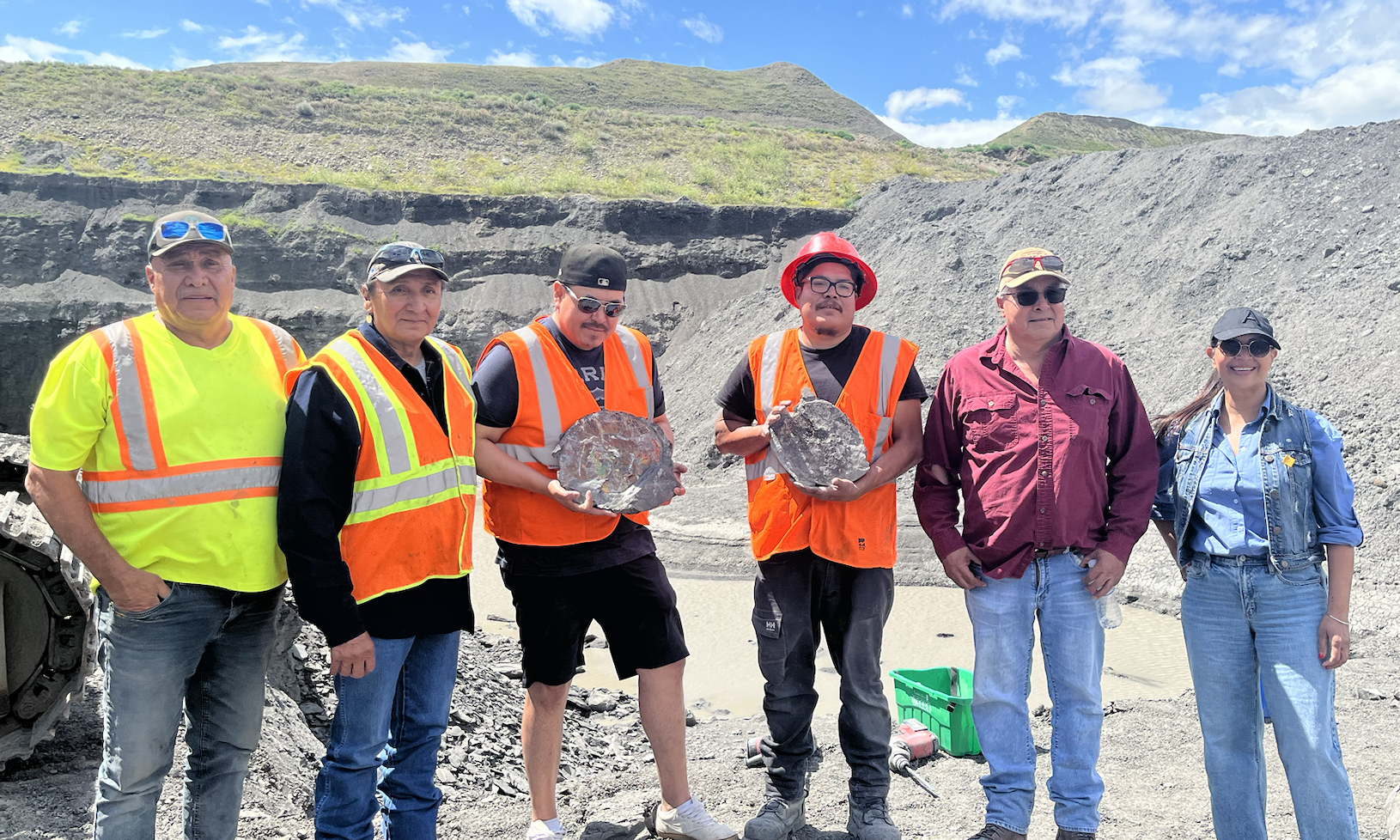Glencore’s board approves pay package for Nagle

Glencore’s (LON: GLEN) board approved on Thursday a pay package for incoming chief executive Gary Nagle despite backlash from proxy groups and some investors in recent weeks, which consider the proposed remuneration “excessive.”
Nagle, who is set to take over for outgoing CEO Ivan Glasenberg at the end of June, will receive up to $6.4 million in any one year, as 40% of his bonuses will be held back until two years after he leaves post. This ignores any share price changes, distributions or share awards.
Chairman Tony Hayward had defended the payment plan. He said he was disappointed that the two advisory firms were against it.
The company thanked shareholders for their support, adding that having 26% of them opposed to the package would not go unnoticed.
Gary Nagle, who is set to take over for Ivan Glasenberg at the end of June, will receive up to $6.4 million in any one year
“The company liaised extensively with its largest shareholders in developing the remuneration package and is grateful for their support,” Glenore said while announcing the AGM results. “We will continue to consult with shareholders regarding their concerns and will consider their feedback as we implement our new remuneration policy.”
Glencore has only had three chief executives since founded in 1974. Glasenberg had received a flat annual salary of $1.5 million since Glencore listed in 2011, so Nagle will be the first subject to a conventional pay arrangement. The bulk of his remuneration, however, would be from short and long-term incentive schemes.
The Swiss miner and commodities trader group had said in its latest annual report it considered Nagle’s proposed remuneration to be sensible and aligned with shareholder interests.
“The maximum total annual remuneration that the CEO will actually receive during his employment is $6.4 million compared to the peer maximum of $11-18 million,” it said.
Climate goals
Shareholders also approved Glencore’s plan to reach net-zero emissions by 2050, which it expects to achieve by reducing its direct and indirect carbon footprint by 40% by 2035, compared to 2019 levels.
Glencore, one of the world’s largest coal producers, has not expressed intentions to stop producing the fossil fuel. It has, however, made some concessions. It promised last year to cap coal production, not to make any further coal acquisitions that would add to overall output, and to align its business strategy with Paris climate targets.
Glencore, also a major cobalt and copper miner, has highlighted its current exposure to those two metals, which are essential in the production of electric vehicles batteries and renewables.
Earlier in the day, Glencore announced first-quarter results, the last update under Glasenberg.
The company said copper production rose by 3% to 301,200 tonnes on higher output at its South American operations, while zinc, lead and nickel output fell.
Glencore, which is one of the world’s top cobalt miners, also saw production of the battery material cobalt climb 11% in the period.
The firm’s trading arm benefited from rising prices for its crucial commodities.
Glencore said copper prices had averaged $8,501 in the three months to March, up 51% on the same period of 2020, while zinc was up 29%, nickel 38% and thermal coal 27%. The firm was on track to deliver core profit in the top half of its guidance range of $2.2 billion to $3.2 billion this year.
More News
{{ commodity.name }}
{{ post.title }}
{{ post.date }}

Comments